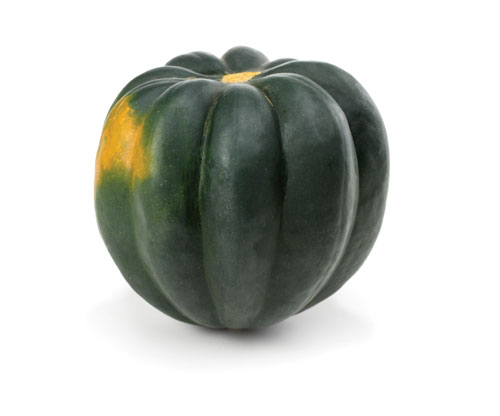
Michigan Fresh: Using, Storing, and Preserving Winter Squash (HNI19)
DOWNLOADJuly 26, 2023 - Laurie Messing, Michigan State University Extension
This Document is offered in: English, Arabic Espanol,

Food Safety and Storage
- Pick or purchase squash with stems that are not shriveled, blackened or moist.
- Wash hands before and after handling fresh produce.
- Scrub winter squash with a vegetable brush under cool running water before cooking or cutting. Do not use soap. Do not wash squash before storing.
- Keep squash away from raw meat and meat juices to prevent cross-contamination.
- Store whole winter squash in a cool (45 to 50 degrees F) place. If stored properly, most varieties will keep up to 3 months.
- Store cut squash in the refrigerator and use within a week.
- For best quality and to preserve nutritional value, preserve only what your family can consume in one year.
Yield
|
1 pound = |
one large acorn squash |
|
One small acorn squash = |
2 half-cup servings |
|
3 pounds winter squash = |
2 pints canned |
|
10 pounds = |
a canner load of 9 pints |
|
16 pounds = |
a canner load of 7 quarts |
How to Preserve
Canning
Winter squash, cubed
Pressure canning is the only safe method of canning winter squash. Winter squash must be pressure canned to avoid the potential of the foodborne illness botulism.
Squash should have a hard rind and stringless, mature pulp of ideal quality for cooking fresh.
Wash, remove seeds, cut into 1-inch slices, and peel. Cut flesh into 1-inch cubes. Boil 2 minutes in water.
Caution: Do not mash or puree. Fill hot jars with cubes and cooking liquid, leaving 1-inch headspace. Remove air bubbles; adjust headspace if needed. Wipe jar rims with a clean paper towel, adjust lids and process (see tables that follow for recommended processing times).
Freezing
Winter squash (acorn, banana, buttercup, butternut, Golden Delicious, Hubbard, spaghetti)
Select firm, mature squash with a hard rind. For spaghetti squash, mashing the cooked pulp is not necessary.
Cook until soft in boiling water, in steam, in a pressure cooker or in an oven. Remove pulp from rind and mash. To cool, place pan containing winter squash in cold water and stir occasionally. Package leaving ½-inch headspace, remove air, seal, label, date and freeze.
|
Recommended process time (in minutes) for winter squash in a dial-gauge pressure canner. |
||||||
|
|
Canner pressure (PSI) at altitudes of |
|||||
|
Style of pack |
Jar size |
Process time |
0 - 2,000 ft |
2,001 - 4,000 ft |
4,001 - 6,000 ft |
6,001 - 8,000 ft |
|
Hot |
Pints |
55 min |
11 lb |
12 lb |
13 lb |
14 lb |
|
Quarts |
90 min |
11 lb |
12 lb |
13 lb |
14 lb |
|
|
Recommended process time (in minutes) for winter squash in a weighted-gauge pressure canner. |
||||
|
|
Canner pressure (PSI) at altitudes of |
|||
|
Style of pack |
Jar size |
Process time |
0-1,000 ft |
Above 1,000 ft |
|
Hot |
Pints |
55 min |
10 lb |
15 lb |
|
Quarts |
90 min |
10 lb |
15 lb |
|
Let jars sit undisturbed for 12 to 24 hours, check lids to be sure they’ve sealed, remove rings, wash jars, date, label and store. Food in jars that do not seal must be reprocessed in a clean jar with a new lid within 24 hours, refrigerated or frozen.
References
- Andress, E., & Harrison, J. A. (2014). So easy to preserve (Bulletin 989). (6th ed.). University of Georgia Cooperative Extension.
- National Center for Home Food Preservation. http://nchfp.uga.edu/
More information



 Print
Print Email
Email





